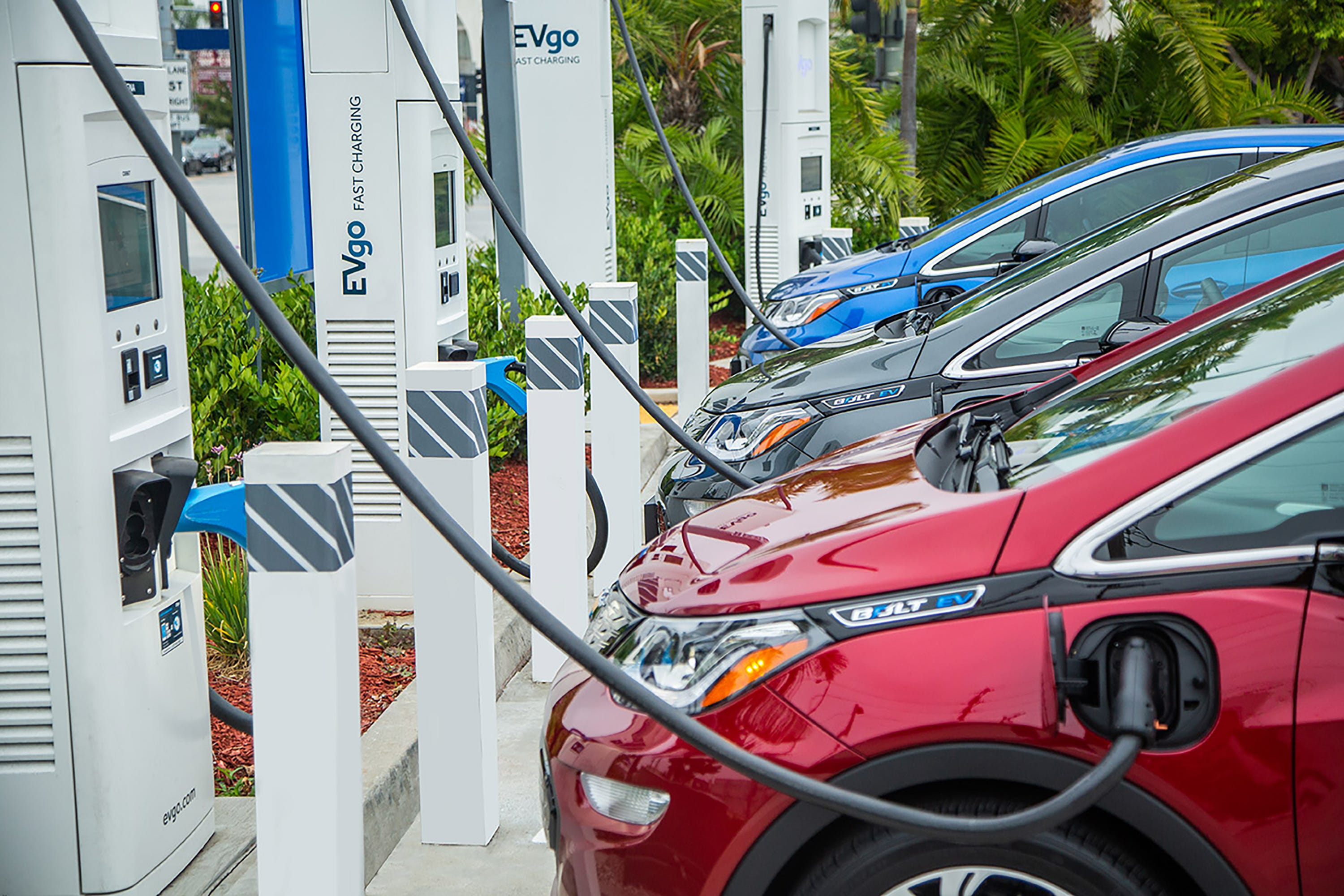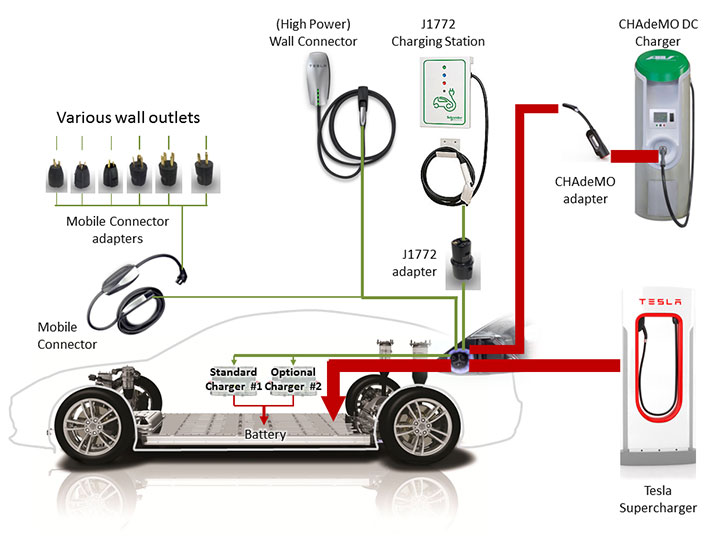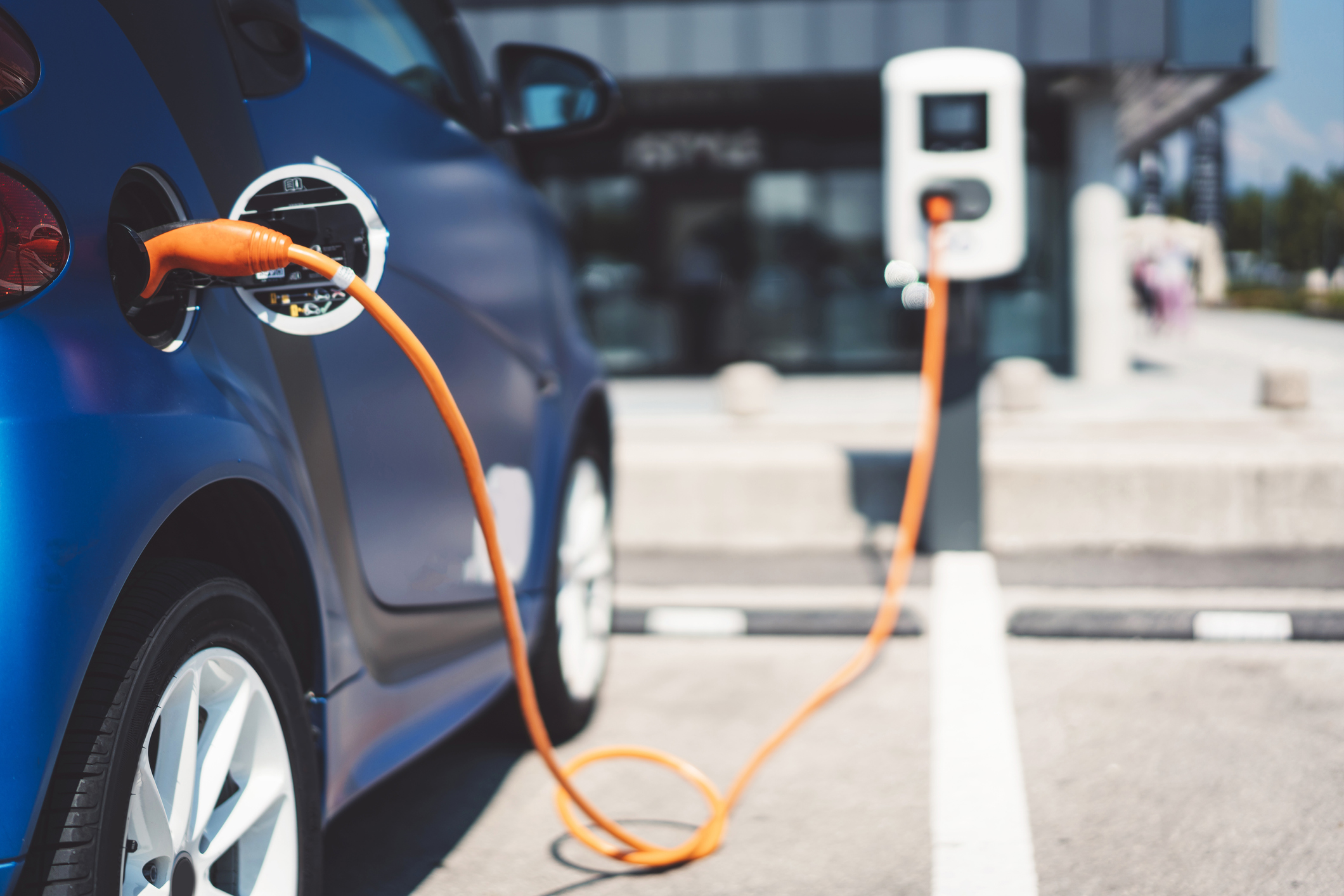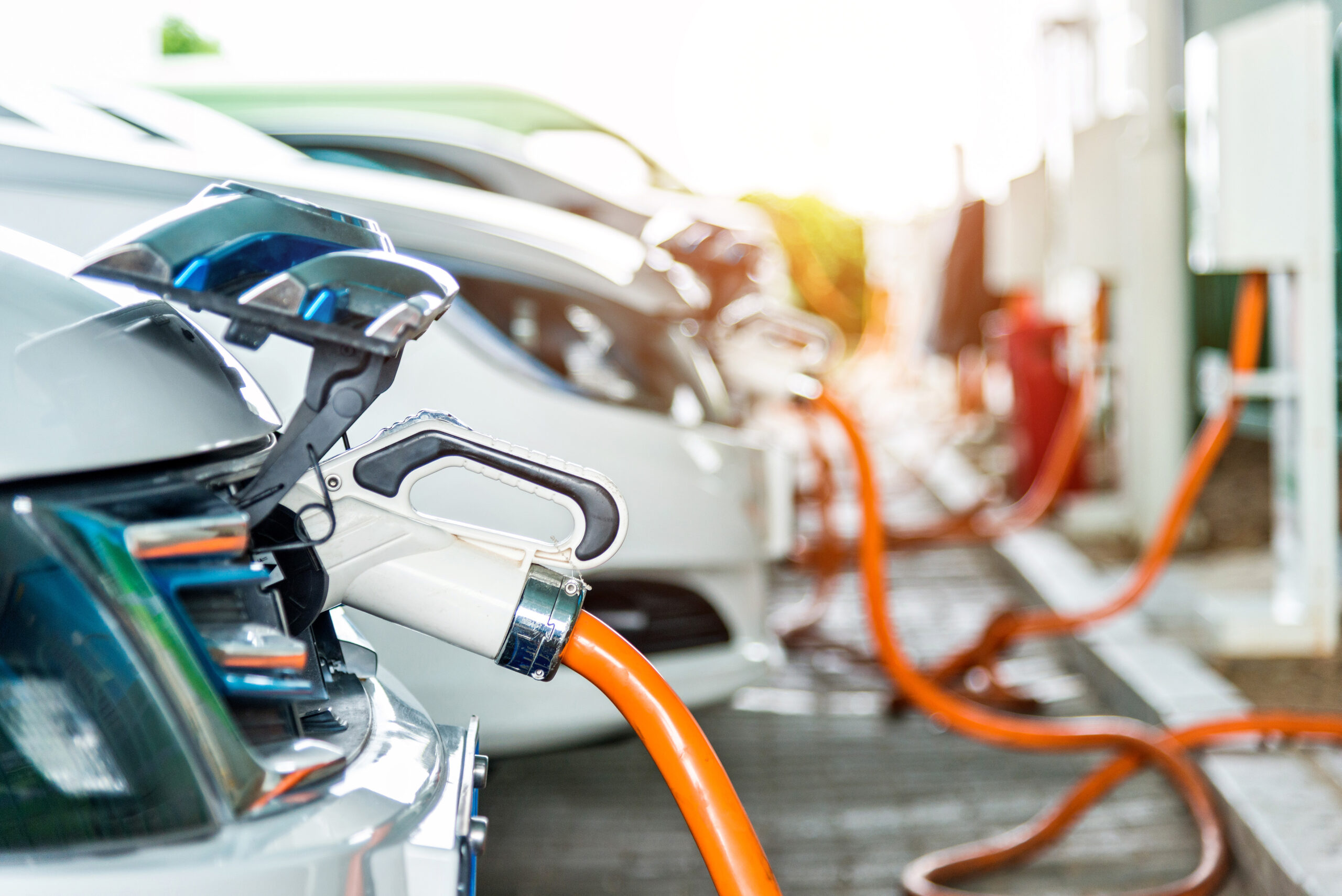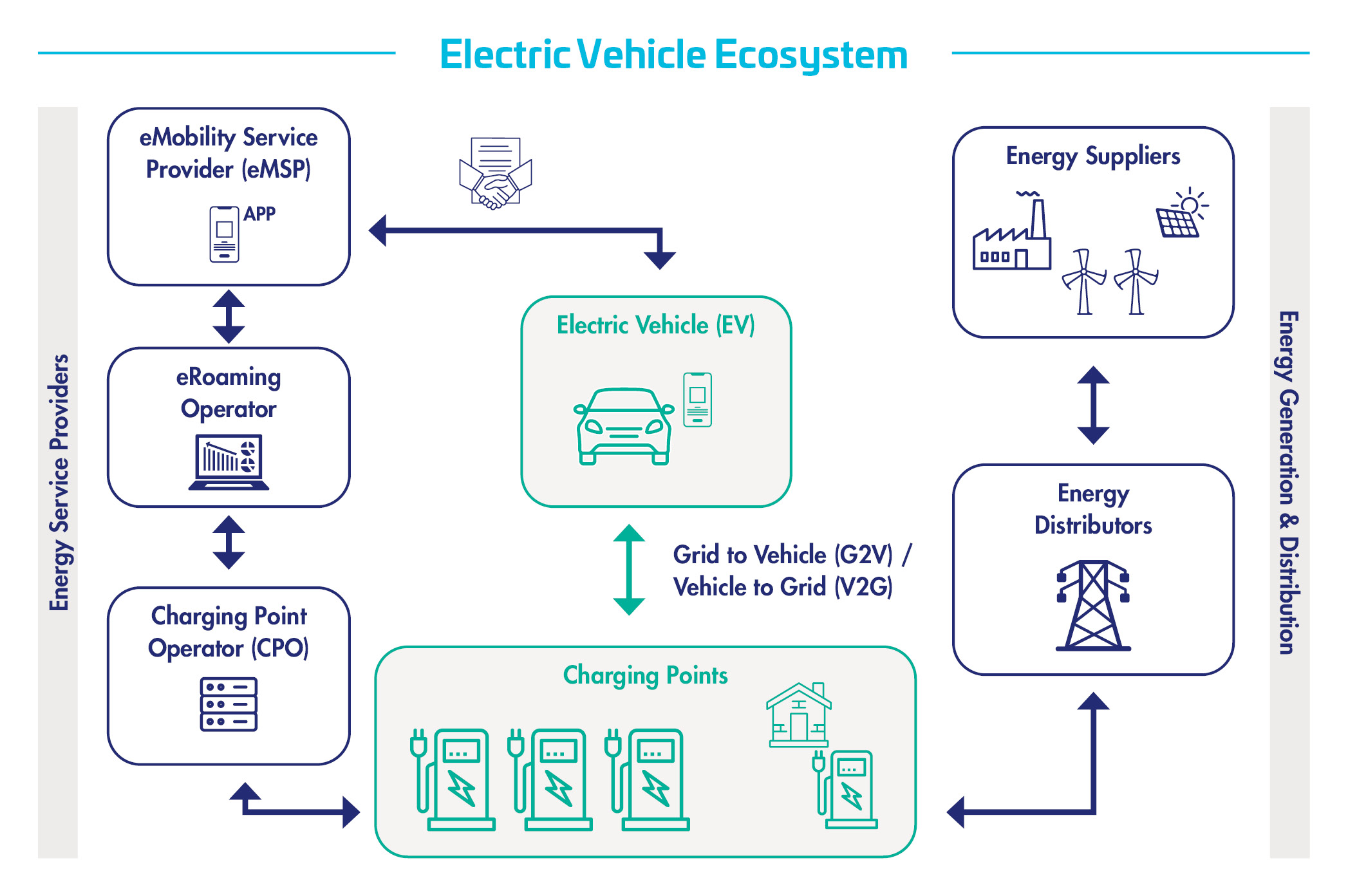Unlocking the Potential of Electric Vehicles: Charging System Basics
Electric vehicle charging systems are a crucial component in the widespread adoption of electric vehicles (EVs). These systems enable EVs to recharge their batteries, extending their driving range and making them a viable alternative to traditional gasoline-powered vehicles. There are three primary types of electric vehicle charging methods: Level 1, Level 2, and DC Fast Charging. Each method has its own unique characteristics, benefits, and applications.
Level 1 charging uses a standard 120-volt household outlet and is the slowest method, taking up to 24 hours to fully charge an EV. This method is suitable for EV owners who have a dedicated parking space and can charge their vehicle overnight. Level 2 charging, on the other hand, uses a 240-volt charging station and can charge an EV in 4-8 hours. This method is ideal for EV owners who need to charge their vehicle during the day or have limited access to Level 1 charging.
DC Fast Charging is the fastest method, capable of charging an EV to 80% in under 30 minutes. This method is typically used in commercial settings, such as shopping centers and rest stops, where EV owners need to charge their vehicle quickly. The benefits of electric vehicle charging systems are numerous. They can reduce charging times, increase the driving range of EVs, and promote a more sustainable transportation system.
Efficient electric vehicle charging systems are essential in promoting the widespread adoption of EVs. By understanding the different types of charging methods and their benefits, individuals can make informed decisions when selecting an electric vehicle charging system. As the demand for EVs continues to grow, the importance of efficient electric vehicle charging systems will only continue to increase.
How to Choose the Right EV Charging Station for Your Needs
Selecting the right electric vehicle (EV) charging station can be a daunting task, especially with the numerous options available in the market. However, by considering a few key factors, you can make an informed decision that meets your specific needs. The first factor to consider is the type of vehicle you own. Different EV models have varying charging requirements, so it’s essential to choose a charging station that is compatible with your vehicle.
Another crucial factor to consider is the charging speed. Level 1, Level 2, and DC Fast Charging stations have different charging speeds, and the right choice depends on your specific needs. If you need to charge your vehicle quickly, a DC Fast Charging station may be the best option. However, if you have a dedicated parking space and can charge your vehicle overnight, a Level 1 or Level 2 charging station may be sufficient.
Installation requirements are also an essential consideration. Some EV charging stations require professional installation, while others can be installed by the vehicle owner. Additionally, some charging stations may require specific electrical infrastructure, such as a 240-volt outlet. Popular EV charging station brands like ChargePoint, EVgo, and Tesla offer a range of products that cater to different needs and installation requirements.
When selecting an EV charging station, it’s also essential to consider the network and connectivity options. Some charging stations offer Wi-Fi connectivity, allowing you to monitor and control your charging sessions remotely. Others may offer networked charging, which enables you to charge your vehicle at public charging stations. By considering these factors, you can choose an EV charging station that meets your specific needs and provides a convenient and efficient charging experience.
Ultimately, the right EV charging station for your needs will depend on your specific requirements and preferences. By doing your research and considering the factors mentioned above, you can make an informed decision that ensures a safe, efficient, and convenient charging experience. Whether you’re a homeowner, a business owner, or a fleet manager, there’s an EV charging station that can meet your needs and help you transition to a more sustainable transportation future.
Understanding EV Charging System Components: A Closer Look
Electric vehicle (EV) charging systems consist of several key components that work together to ensure safe and efficient charging. Understanding these components is essential in selecting the right EV charging system for your needs and ensuring optimal performance. One of the most critical components of an EV charging system is the charging cable. The charging cable connects the EV to the charging station and carries electrical energy from the station to the vehicle.
The charging connector is another essential component of an EV charging system. The charging connector is the interface between the charging cable and the EV’s onboard charger. It must be designed to withstand the rigors of frequent use and provide a secure connection to ensure safe and efficient charging. Electrical panels are also a critical component of EV charging systems. They house the electrical components of the charging system, including the charging station’s control unit, electrical wiring, and circuit breakers.
The electrical panel must be designed to meet the specific electrical requirements of the EV and the charging station. It must also be built to withstand the environmental conditions in which it will be installed, such as extreme temperatures, humidity, and exposure to the elements. In addition to these components, EV charging systems also include control units, communication modules, and safety features, such as ground fault protection and overcurrent protection.
These components work together to ensure safe and efficient charging, while also providing features such as remote monitoring and control, and integration with renewable energy sources. By understanding the key components of EV charging systems, you can make informed decisions when selecting an EV charging system and ensure optimal performance and safety. Whether you’re a homeowner, a business owner, or a fleet manager, selecting the right EV charging system is critical in supporting the widespread adoption of electric vehicles and promoting a sustainable transportation future.
In conclusion, the components of EV charging systems play a critical role in ensuring safe and efficient charging. By understanding these components and how they work together, you can make informed decisions when selecting an EV charging system and ensure optimal performance and safety. As the demand for EVs continues to grow, the importance of efficient and reliable EV charging systems will only continue to increase.
The Role of Smart Charging in Optimizing EV Charging Efficiency
Smart charging systems are revolutionizing the way electric vehicles (EVs) are charged, enabling a more efficient and sustainable transportation future. By adjusting charging rates based on factors like energy demand, time of day, and renewable energy availability, smart charging systems can help reduce strain on the grid and lower energy costs. This technology is particularly important for electric vehicle charging systems, as it enables EV owners to charge their vehicles during off-peak hours when energy demand is lower.
Smart charging systems use advanced algorithms and real-time data to optimize charging rates and minimize energy waste. They can also integrate with renewable energy sources, such as solar and wind power, to further reduce greenhouse gas emissions. Additionally, smart charging systems can provide EV owners with real-time information on their energy usage and charging costs, enabling them to make informed decisions about their energy consumption.
The benefits of smart charging systems are numerous. They can help reduce peak demand on the grid, lower energy costs for EV owners, and promote a more sustainable transportation future. Smart charging systems can also enable the widespread adoption of electric vehicles, which is critical for reducing greenhouse gas emissions and mitigating climate change.
Several companies are already offering smart charging solutions for electric vehicle charging systems. For example, ChargePoint’s Smart Charging system uses advanced algorithms to optimize charging rates and minimize energy waste. Similarly, EVgo’s Smart Charging system integrates with renewable energy sources to further reduce greenhouse gas emissions.
As the demand for electric vehicles continues to grow, the importance of smart charging systems will only continue to increase. By optimizing charging rates and minimizing energy waste, smart charging systems can help reduce strain on the grid and lower energy costs. Whether you’re an EV owner, a business owner, or a fleet manager, smart charging systems can provide a more efficient and sustainable transportation solution.
Overcoming EV Charging Infrastructure Challenges: Solutions and Innovations
Despite the growing demand for electric vehicles (EVs), the charging infrastructure remains a significant challenge. Range anxiety, charging speed, and accessibility are just a few of the common issues associated with EV charging infrastructure. However, innovative solutions and technologies are emerging to address these challenges and make EV charging more convenient, efficient, and accessible.
One of the most promising solutions is the development of urban charging hubs. These hubs provide a network of charging stations in urban areas, making it easier for EV owners to charge their vehicles on the go. Fast-charging corridors are another innovative solution, enabling EV owners to charge their vehicles quickly and efficiently while on long trips. Inductive charging technology is also being explored, allowing EV owners to charge their vehicles wirelessly, eliminating the need for cables and connectors.
Another challenge associated with EV charging infrastructure is the lack of standardization. Different charging stations and networks have different connectors, payment systems, and charging speeds, making it confusing for EV owners to navigate. However, efforts are being made to standardize EV charging infrastructure, making it easier for EV owners to charge their vehicles across different networks and stations.
Public-private partnerships are also playing a crucial role in addressing EV charging infrastructure challenges. Governments, companies, and organizations are working together to invest in EV charging infrastructure, develop new technologies, and promote the adoption of EVs. For example, the US Department of Transportation has launched several initiatives to promote the development of EV charging infrastructure, including the Alternative Fuel Corridor program.
As the demand for EVs continues to grow, it is essential to address the challenges associated with EV charging infrastructure. Innovative solutions, technologies, and partnerships are emerging to make EV charging more convenient, efficient, and accessible. By overcoming these challenges, we can promote the widespread adoption of EVs and create a more sustainable transportation future.
Real-World Applications: Successful EV Charging System Implementations
Electric vehicle (EV) charging systems are being implemented in various settings, including shopping centers, workplaces, and highways. These implementations demonstrate the feasibility and benefits of EV charging systems in real-world applications. For example, the city of Los Angeles has installed EV charging stations at several shopping centers, providing convenient charging options for EV owners.
In the workplace, companies like Google and Amazon have installed EV charging stations for their employees, promoting the adoption of EVs and reducing greenhouse gas emissions. On highways, EV charging corridors are being developed to enable long-distance EV travel. These corridors provide fast-charging stations at regular intervals, making it possible for EV owners to travel long distances without range anxiety.
One successful implementation of EV charging systems is the EVgo charging network, which has installed over 1,000 fast-charging stations across the United States. EVgo’s charging network provides convenient and fast charging options for EV owners, making it possible for them to travel long distances without range anxiety.
Another successful implementation is the Tesla Supercharger network, which has installed over 2,500 fast-charging stations across North America. Tesla’s Supercharger network provides fast and convenient charging options for Tesla owners, making it possible for them to travel long distances without range anxiety.
These real-world applications demonstrate the feasibility and benefits of EV charging systems in promoting the adoption of EVs and reducing greenhouse gas emissions. By providing convenient and fast charging options, EV charging systems can help reduce range anxiety and make EVs a more viable option for transportation.
As the demand for EVs continues to grow, the importance of EV charging systems will only continue to increase. By implementing EV charging systems in various settings, we can promote the adoption of EVs and create a more sustainable transportation future.
Future-Proofing Your EV Charging System: Upgrades and Maintenance
Electric vehicle (EV) charging systems are a crucial component in promoting the adoption of EVs and reducing greenhouse gas emissions. However, like any technology, EV charging systems require regular maintenance and upgrades to ensure they remain efficient and effective over time. In this article, we will discuss the importance of upgrading and maintaining EV charging systems, and provide guidance on how to do so.
Regular software updates are essential in ensuring that EV charging systems remain efficient and effective. Software updates can improve the performance of the charging system, fix bugs, and add new features. Additionally, software updates can help to ensure that the charging system is compatible with new EV models and technologies.
Hardware maintenance is also crucial in ensuring that EV charging systems remain efficient and effective. Regular maintenance can help to prevent hardware failures, reduce downtime, and improve overall system performance. This includes checking and replacing worn-out components, cleaning the charging system, and performing routine inspections.
Troubleshooting is also an essential part of maintaining EV charging systems. Troubleshooting can help to identify and fix issues quickly, reducing downtime and improving overall system performance. This includes checking error codes, monitoring system performance, and performing diagnostic tests.
Upgrading EV charging systems can also help to improve their efficiency and effectiveness. Upgrades can include installing new charging stations, upgrading existing charging stations, and integrating new technologies such as smart charging and energy storage. Upgrades can help to improve the overall performance of the charging system, reduce energy costs, and promote the adoption of EVs.
In conclusion, upgrading and maintaining EV charging systems is essential in ensuring they remain efficient and effective over time. By following the guidance provided in this article, EV charging system owners can ensure that their systems remain up-to-date, efficient, and effective, promoting the adoption of EVs and reducing greenhouse gas emissions.
Conclusion: Empowering a Sustainable Transportation Future with EV Charging Systems
In conclusion, electric vehicle charging systems are a crucial component in promoting the adoption of electric vehicles and reducing greenhouse gas emissions. By understanding the different types of charging methods, selecting the right EV charging station, and maintaining and upgrading EV charging systems, individuals and organizations can play a vital role in empowering a sustainable transportation future.
Efficient EV charging systems can help reduce range anxiety, improve charging speed, and increase accessibility, making EVs a more viable option for transportation. Additionally, smart charging systems can help reduce strain on the grid and lower energy costs, while innovative solutions like urban charging hubs, fast-charging corridors, and inductive charging technology can help overcome common challenges associated with EV charging infrastructure.
As the demand for EVs continues to grow, the importance of efficient EV charging systems will only continue to increase. By investing in EV charging systems and promoting their adoption, we can create a more sustainable transportation future and reduce our reliance on fossil fuels.
In this article, we have provided a comprehensive guide to EV charging solutions, covering the basics of EV charging systems, selecting the right EV charging station, understanding EV charging system components, and overcoming common challenges associated with EV charging infrastructure. We have also discussed the importance of upgrading and maintaining EV charging systems and highlighted successful EV charging system implementations in various settings.
By following the guidance provided in this article, individuals and organizations can play a vital role in empowering a sustainable transportation future with EV charging systems.


